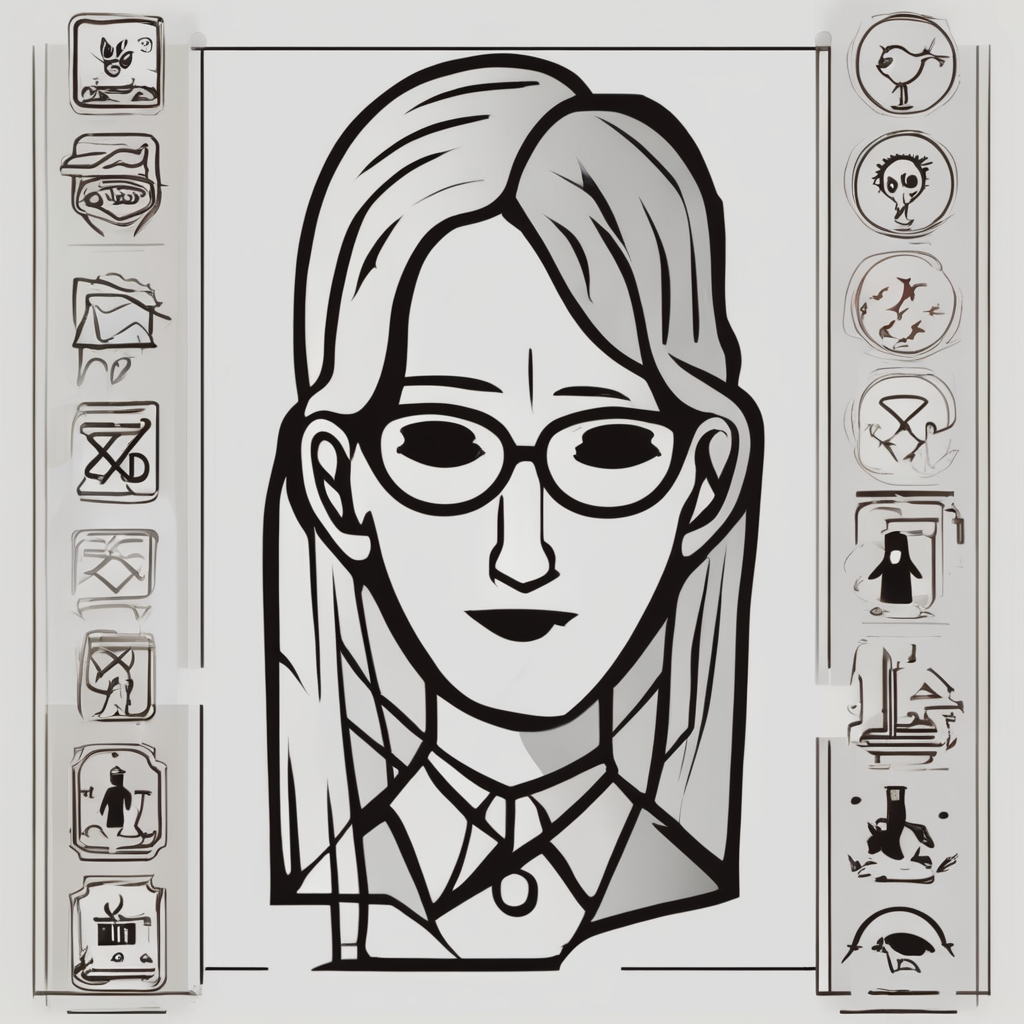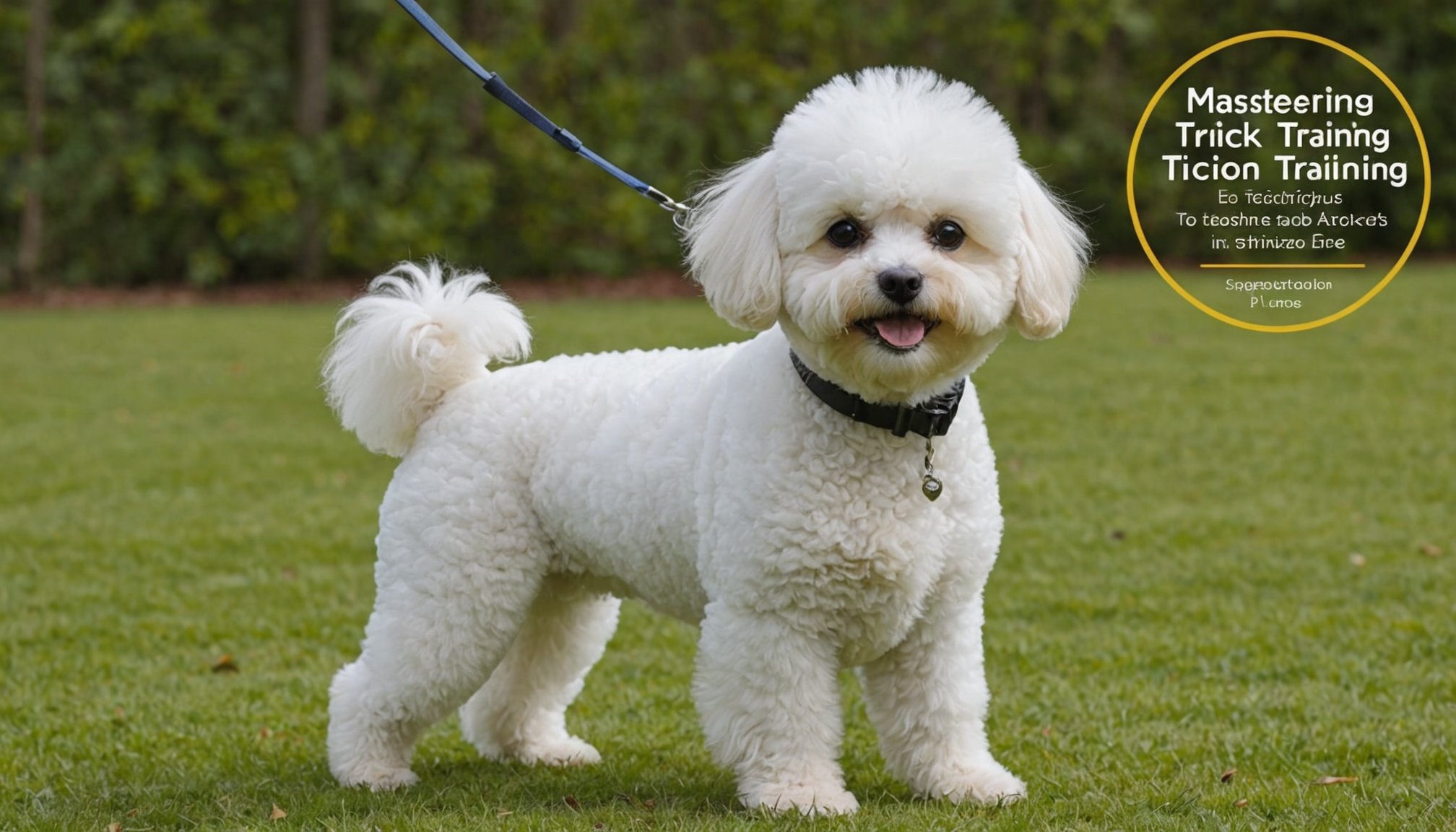Mastering Trick Training: Top Techniques for Teaching Your Bichon Frise to Shine
Understanding Your Bichon Frise
Before diving into the world of trick training, it’s essential to understand the nature and characteristics of your Bichon Frise. This small, fluffy dog breed is known for its friendly, gentle, and adaptable personality, making them an ideal candidate for various forms of training.
“Bichon Frises are highly intelligent and eager to please, which makes them responsive to positive reinforcement training,” notes Dr. Marty Greer, a veterinarian and expert in canine behavior[5].
Dans le meme genre : Effective Strategies to Calm Your German Shorthaired Pointer During Thunderstorms
Here are some key characteristics of the Bichon Frise breed that you should keep in mind:
- Intelligence: Bichon Frises are highly intelligent and can learn quickly.
- Affectionate: They are very affectionate and love human interaction.
- Energetic: Despite their small size, they have a moderate energy level and need regular exercise.
- Trainability: They are highly trainable, especially with positive reinforcement techniques.
Preparing for Training
Before you start your training sessions, there are several things you need to prepare to ensure a smooth and effective process.
A lire aussi : Ultimate Guide to Safely Removing Burrs from Your Wirehaired Pointing Griffon”s Coat
Choose the Right Time and Place
Training sessions should be conducted in a quiet, distraction-free area where your dog can focus. Opt for times when your dog is most alert and not too tired or hungry.
Gather Essential Tools
Here are some essential tools you’ll need for trick training:
- Treats: Small, tasty treats are perfect for rewarding your dog during training.
- Clicker: A clicker helps to mark the exact moment your dog performs the desired behavior.
- Toys: Interactive toys can be used as rewards or to keep your dog engaged.
- Leash and Collar: For some tricks, you might need a leash and collar.
Set Clear Goals
Define what tricks you want to teach your Bichon Frise and set realistic goals. Start with simple tricks and gradually move to more complex ones.
Positive Reinforcement Training
Positive reinforcement is the cornerstone of effective dog training. Here’s how you can implement it:
Reward Good Behavior
Whenever your dog performs the desired behavior, reward them immediately with a treat or praise. This positive association helps your dog understand what behavior is desired.
Use Clicker Training
Clicker training is a powerful tool in positive reinforcement. Here’s how it works:
- Click: The moment your dog performs the desired behavior, click the clicker.
- Reward: Immediately give your dog a treat or praise.
- Repeat: Repeat this process several times until your dog associates the behavior with the reward.
Be Consistent
Consistency is key in dog training. Use the same commands and hand signals each time you train your dog.
Step-by-Step Training Guide
Here’s a step-by-step guide to teaching some basic tricks to your Bichon Frise:
Teaching “Sit”
- Step 1: Hold a treat above your dog’s head.
- Step 2: Move the treat backwards and upwards, towards your dog’s tail.
- Step 3: As your dog follows the treat with their nose, their bottom will lower into a sitting position.
- Step 4: Click and reward the moment their butt touches the floor.
- Step 5: Repeat this process several times until your dog learns the command.
Teaching “Stay”
- Step 1: Start by having your dog sit or lie down.
- Step 2: Take a few steps back while saying “stay.”
- Step 3: If your dog stays in position, click and reward.
- Step 4: Gradually increase the distance and time you are away from your dog.
- Step 5: Repeat this process until your dog can stay in position for several minutes.
Teaching “Shake Hands”
- Step 1: Hold a treat in your hand and place it in front of your dog’s nose.
- Step 2: Move your hand up and down, encouraging your dog to follow the treat with their head.
- Step 3: As your dog lifts their paw to follow the treat, click and reward.
- Step 4: Repeat this process several times until your dog learns to shake hands on command.
Mental Stimulation and Health Benefits
Trick training is not just about teaching your dog new behaviors; it also provides mental stimulation and has several health benefits.
Mental Stimulation
Engaging your dog in trick training sessions helps to keep their mind active and stimulated. This can prevent boredom and reduce the likelihood of behavioral problems.
Physical Health
Many tricks, such as “sit” and “stay,” require physical movement and can help improve your dog’s flexibility and balance.
Emotional Health
The bond between you and your dog strengthens through the positive reinforcement process, which can lead to improved emotional health for both you and your pet.
Common Challenges and Solutions
Here are some common challenges you might face during trick training and how to overcome them:
Lack of Focus
- Solution: Ensure the training area is free from distractions. Use high-value treats to keep your dog engaged.
- Example: If your dog is easily distracted by other pets or people, train in a quiet room or area.
Slow Learning
- Solution: Break down complex tricks into simpler steps. Be patient and consistent.
- Example: If your dog is struggling to learn “shake hands,” start by just lifting their paw and rewarding them, then gradually add the hand-shaking part.
Resistance to Training
- Solution: Make training sessions fun and rewarding. Avoid forcing your dog to perform tricks.
- Example: If your dog shows resistance to sitting, try using a different type of treat or toy to make the experience more enjoyable.
Tips for Pet Owners
Here are some additional tips for pet owners looking to master trick training with their Bichon Frise:
Be Patient
Training takes time, so be patient with your dog. Don’t rush the process, and let your dog learn at their own pace.
Keep Sessions Short
Bichon Frises have short attention spans, so keep training sessions short and fun. Aim for 10-15 minute sessions.
Make It Fun
Incorporate games and fun activities into your training sessions. This will keep your dog engaged and make the learning process enjoyable.
Comparative Table: Training Methods
Here is a comparative table of different training methods and their suitability for Bichon Frises:
| Training Method | Description | Suitability for Bichon Frises |
|---|---|---|
| Positive Reinforcement | Uses rewards to encourage desired behavior | Highly Suitable |
| Clicker Training | Uses a clicker to mark desired behavior | Highly Suitable |
| Obedience Training | Focuses on basic commands like sit, stay, and come | Suitable |
| Agility Training | Involves physical obstacles and activities | Moderately Suitable |
| Dominance-Based Training | Focuses on establishing dominance over the dog | Not Recommended |
Quotes from Experts
Here are some quotes from experts that highlight the importance and effectiveness of positive reinforcement training:
- “Positive reinforcement training is the most effective and humane way to train dogs. It builds trust and strengthens the bond between you and your pet,” says Dr. Ian Dunbar, a renowned dog trainer and behaviorist.
- “Clicker training is a powerful tool that can help you teach your dog complex tricks quickly and efficiently. It’s based on the principle of positive reinforcement,” notes Karen Pryor, a pioneer in clicker training.
Trick training is a rewarding and enjoyable activity for both you and your Bichon Frise. By using positive reinforcement techniques, being consistent, and making training sessions fun, you can teach your dog a variety of impressive tricks. Remember to be patient, keep sessions short, and always reward good behavior. With time and practice, your Bichon Frise will shine in no time.
Final Tips
- Treat Your Dog Right: Always use high-value treats and praise to reward your dog.
- Make Sure It’s Fun: Incorporate games and fun activities into your training sessions.
- Health First: Ensure that your dog’s physical and mental health are prioritized during training.
- Train Your Cavachon Too: If you have a Cavachon (a cross between a Bichon Frise and a Cavalier King Charles Spaniel), these techniques are equally effective.
By following these guidelines and tips, you’ll be well on your way to mastering trick training with your Bichon Frise, creating a stronger bond and a happier, healthier pet.










